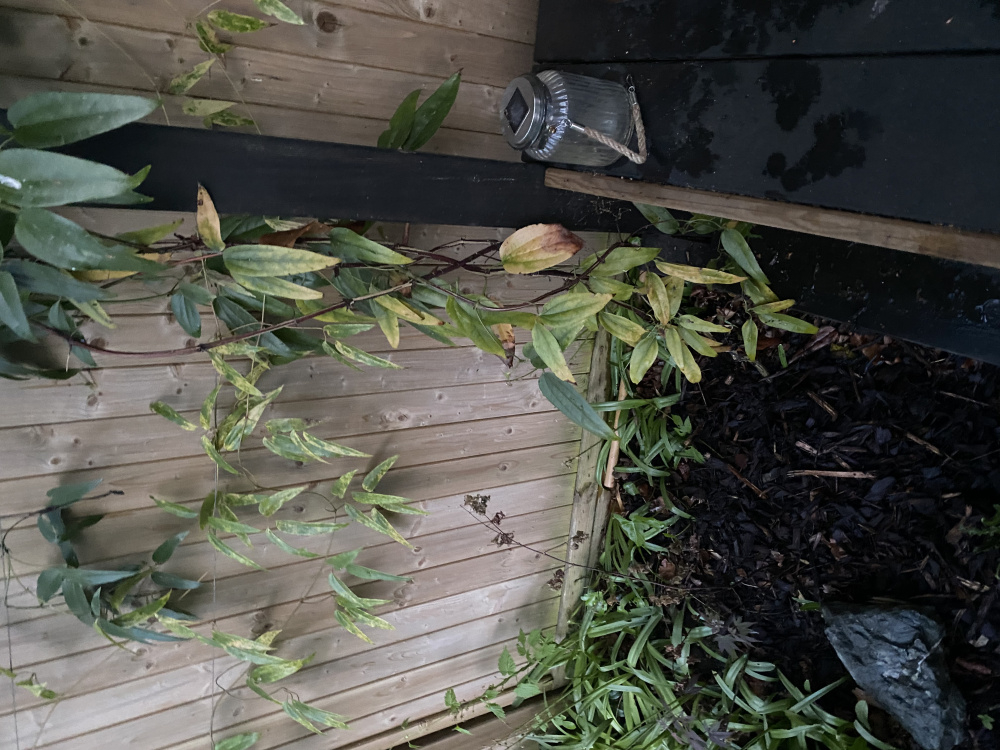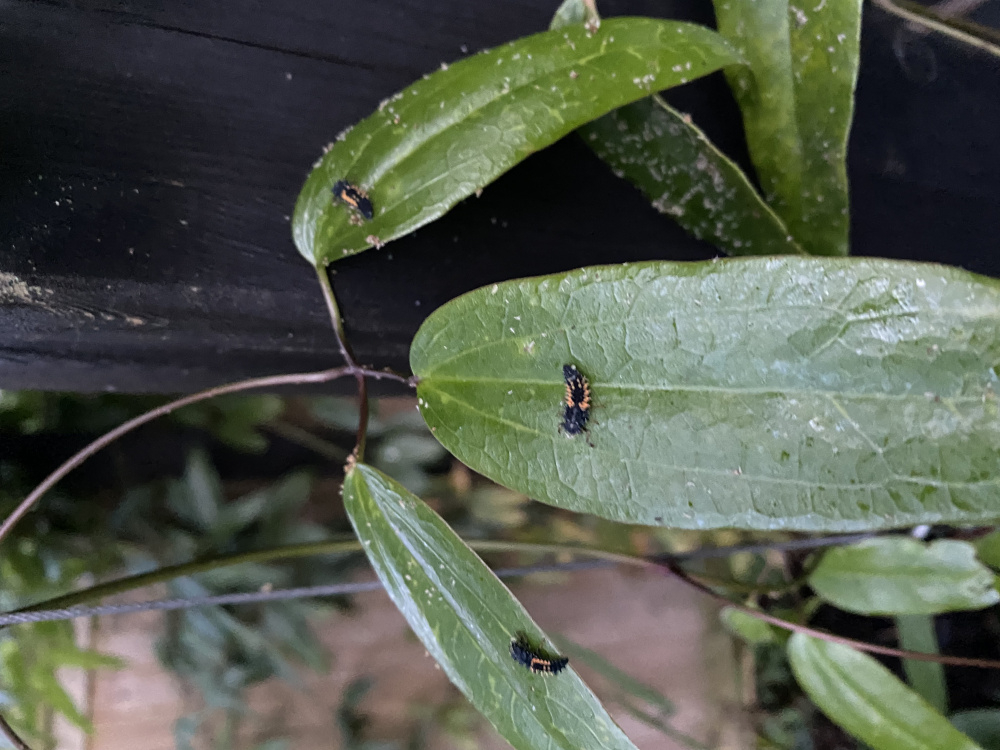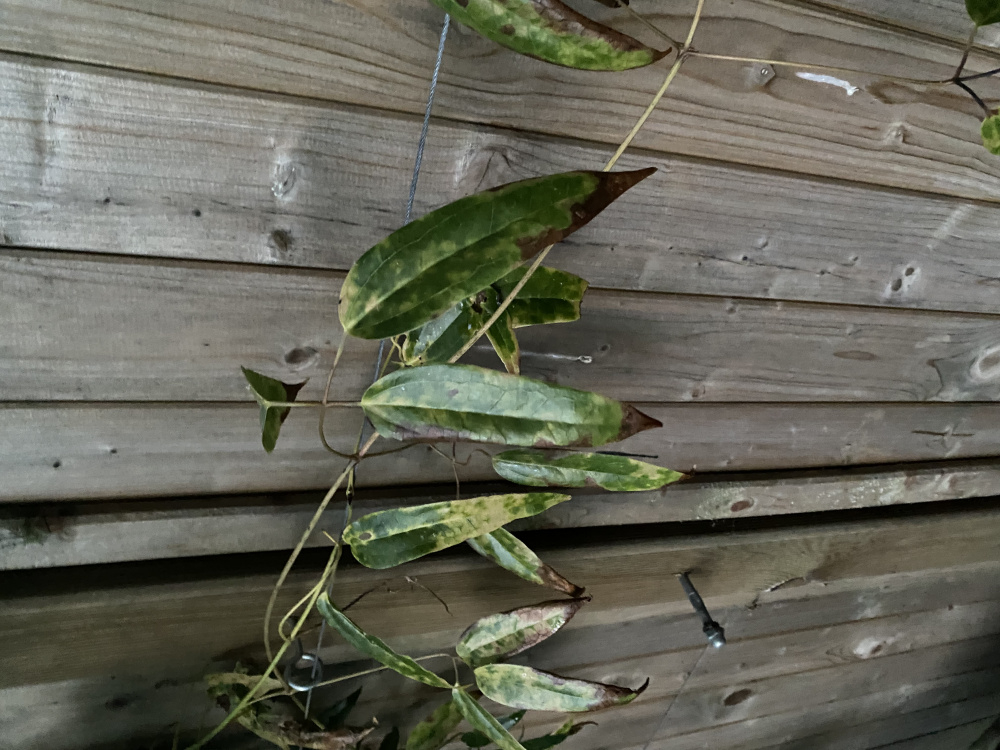This Forum will close on Wednesday 27 March, 2024. Please refer to the announcement on the Discussions page for further detail.
Clematis aphids?
 steven.g.garner
Posts: 133
steven.g.garner
Posts: 133
in Plants
hi, I planted a lovely evergreen clematis early last year. It’s come on leaps and bounds, and until very recently looked extremely happy. I noted that a lot of the leaves are yellowing and now turning brown, I’ve also noticed this evening it’s covered in small black and yellow beetles I think these are perhaps aphids? Anything I can do to help the plant?





0
Posts
Ok yes you may be right @Nel_Staffs In any event @steven.g.garner look at the above thread dedicated to all ladybird larvae!
Being evergreen, your clematis will naturally shed some leaves but not all at once and they will turn colour before falling. As your clematis has been in situ for some time it my be an idea to give it a generous dollop of slow release fertiliser for clematis, roses or tomatoes as these will have the balance of nutrients needed.
If your weather has been dry this winter and/or spring you could also water it well to reduce stress. Give it 15 litres a t a time, poured slowly so it soaks in round the roots rather than just running off. You should also do this during any dry periods this summer.